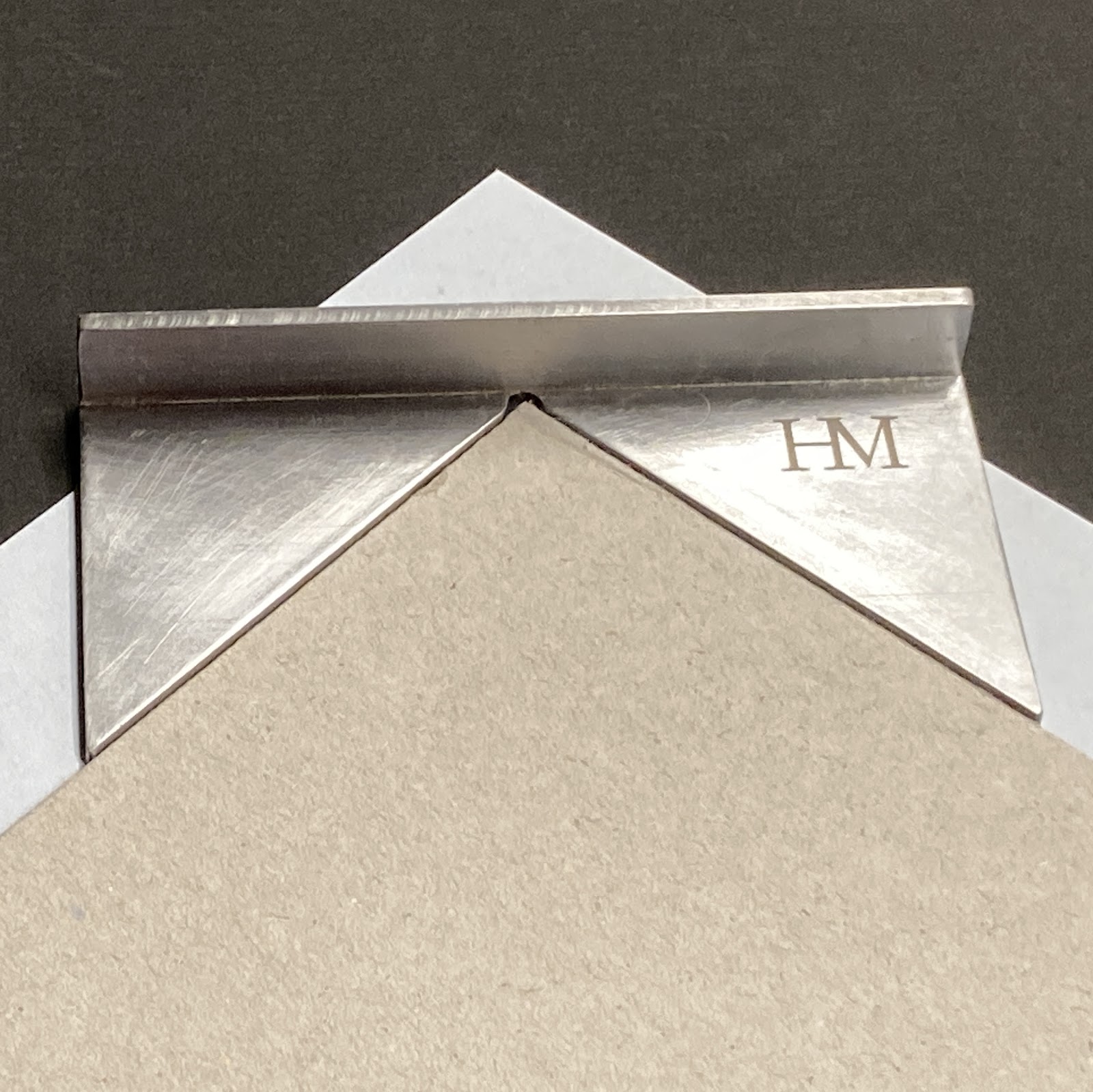All of the copies of Dunwich are in their cases, all that’s left to do is making slipcases for those that need them, and assembling the bits that will go into the boxed copies. There was a lot of painting of papers for this project last summer. The endpapers were all roller printed in bronze (both sides), then painted on one side with acrylics. They’re all kinda the same, but none are the same, as the two copies shown above illustrate.
The slipcases were (just) painted. The result reminds me of the cover to the 4AD compilation Lonely Is An Eyesore. The paper is an Italian machinemade that’s just the right weight for covering a slipcase. The insides are lined with some printed (boo) marble paper I bought when young & ignorant. Lining the inside of a box is a good use for it.
The portfolios included in the boxed copies are 300g Fabriano mouldmade that was roller printed and then painted. Like the endpapers, but different. When you’re painting sheets like this, some paint always seeps around to
the other side’s edges, so you need to work bigger than required, to
trim that seepage away.
The board sheets are leaves of Reg Lissel’s handmade rag paper from an old HM book. Palimpsests. Most but not all were blank on one side. I painted them with an iridescent black acrylic last spring, then Briony printed an etching with bronze ink on them over the summer. The impression of what had been printed on them years ago shows a little more on some than others, if the light hits just right.
Here’s some paper I used for a trial case. I was just playing around with leftover bronze ink and black paint.
So next month should be the end of the Dunwich posts. Copies will ship at the beginning of November, then I’ll find something else to do.












































